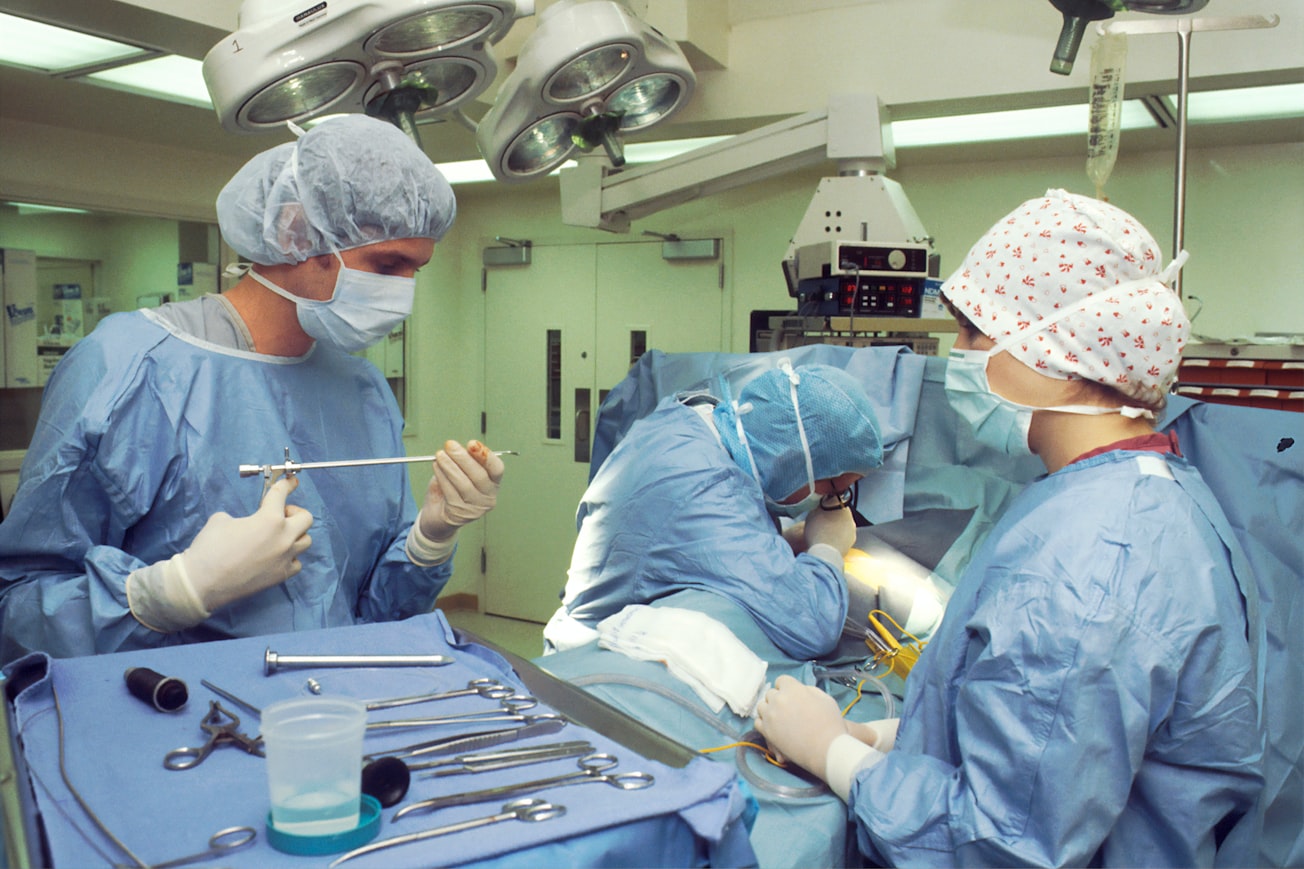What is it about?
Traditional VATS release in lateral position followed by prone posterior spinal fusion (PSF) is time consuming and adds extensive operative morbidity. We aimed to reduce its disadvantages by performing prone VATS release and PSF simultaneously and evaluate its long-term outcomes. Two teams of surgeons worked on two sides of the patient, operating simultaneously, in an attempt to reduce the overall operative time.
Featured Image

Photo by National Cancer Institute on Unsplash
Why is it important?
Simultaneously performed VATS release and PSF in the prone position can reduce operative morbidity and provide equivalent or better correction of rigid spinal deformities than the traditional sequential VATSR and PSF method. Anterior spinal release provides a distinct advantage in rigid deformities and may be a valuable alter-native to posterior-alone techniques, especially in kyphosis and in deformities beyond a certain level of rigidity.
Perspectives
We consider that this novel simultaneous prone VATS and PSF approach is a useful alternative tool for spine surgeons. Considering the limited number of recent reports on the VATS technique and the low number of surgeons who are still performing this technique, it is imperative that the potential value of this technique is highlighted. There is an increasing interest in thoracoscopic techniques in the field of vertebral body tethering, which is likely to draw attention to VATSR as an excellent tool for use in severely rigid scoliosis and kyphosis.
Dr Chirag A Berry
University of Cincinnati
Read the Original
This page is a summary of: Long-term experience with simultaneous prone video-assisted thoracoscopic anterior spinal release and posterior spinal fusion in severe rigid pediatric spinal deformities, European Spine Journal, January 2021, Springer Science + Business Media,
DOI: 10.1007/s00586-020-06711-1.
You can read the full text:
Resources
Contributors
The following have contributed to this page







